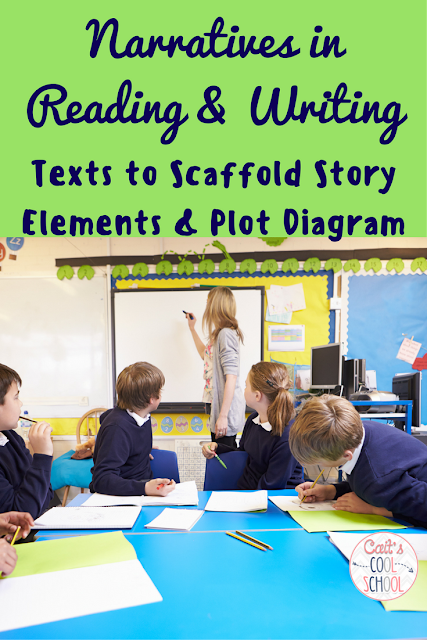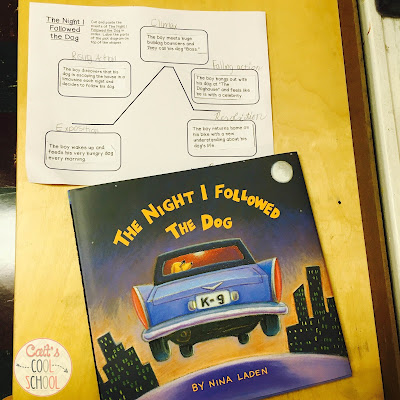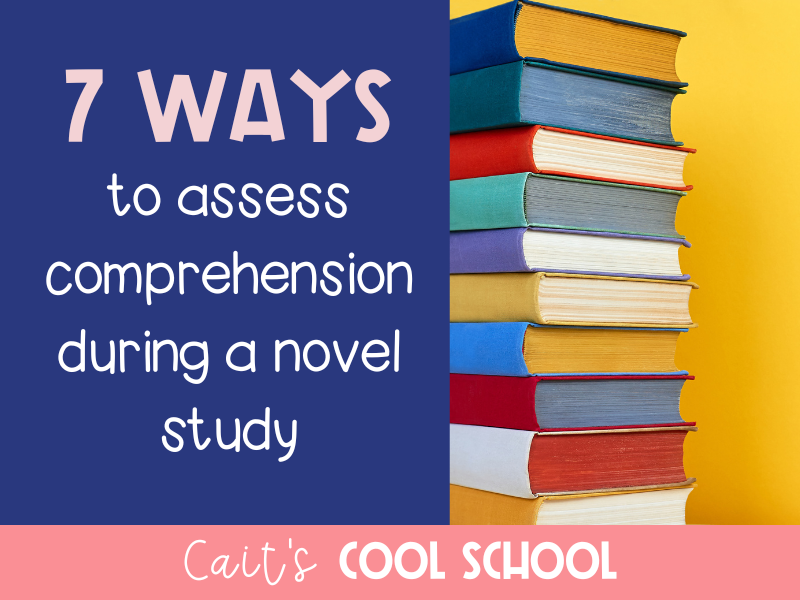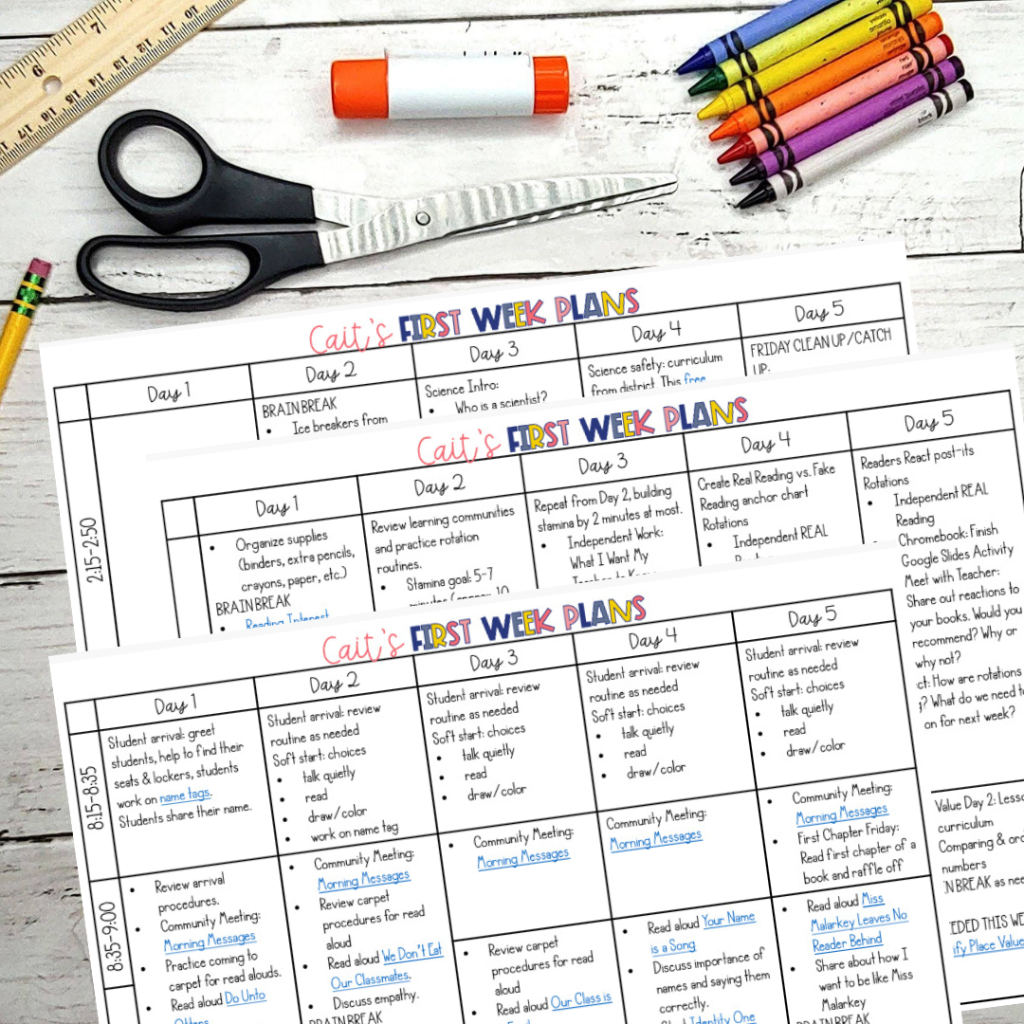Ah, fall. Smell the fresh pumpkin spice lattes, break out the jeans, sweaters, scarves, and boots, and breathe in the cool air.
While I’m a summer girl at heart, fall as a special place in my heart because I love being back to school and meeting my kiddos for the first time.
When school starts up, it’s time to review some of the basics of reading- story elements & summarizing. These skills ultimately lend themselves to some fun summary projects and an awesome creative writing unit of scary stories…finished in time for Halloween!
Planning an extended unit like this requires some back mapping. Back mapping is what I think is *the most* important part of any planning. Where do I want these kids to be by the end of this unit?
I want my students to be able to create their own narrative story, using story elements like setting, characters, conflict, and resolution. They will be able to do this because we’ll have built used multiple texts to identify story elements, and we’ll even be creating summaries that show these elements.
Will all of my students be able to do this? I hope so, but likely at varying levels. As I get to know my students, I will adjust my expectations for my different reading groups to challenge all of the students, but not allow my high students to slack off, nor will I let my low students slide by.
What tools will I employ?
 |
| This post may contain some affiliate links, which means if you click on one of the links and make a purchase, I’ll receive a small commission. You will never incur a fee or charge for this. |
1. Mentor text: The Night I Followed the Dog
This adorable picture book will serve a few purposes- it engages the students, it will be our model story for identifying story elements and writing a summary, and it will launch a short narrative writing piece that jump starts my students’ creative minds. Want a plot diagramming & short grammar lesson to go with the book? Click for a blog-only
 |
| Love this book! |
2. Independent reading: Storyworks Magazine fiction (which for the September 2016 issue is The Day It Rained Cats)
I love Storyworks! It has a little bit of everything and I really try to use as much of it as possible with each edition. The fiction story will work nicely with this unit (and this is usually the case each year). You could also pull in a basal reader short story, or another text. This reading is done more independently and students will need to identify story elements and develop their own summary of this story.
3. Novel: The Boxcar Children (The Boxcar Children, No. 1) (Boxcar Children Mysteries)
I love starting off the year using a novel as soon as possible. The Boxcar Children is great because my whole class can enjoy it, no matter what their level of reading is. It is also part of a series, which is a great way to get kids interested in different books. The story in this first book is perfect enough for summaries at any level. The difficulty lays in the length of the text (determining important pieces of the action), and what the expected end result is. It’s challenging for students to pick out the important parts of a story and then create a quality summary to use with it.
For each story, we’re going to map out the exposition, rising action, climax, falling action, and resolution. This is going to help us with our narrative writing because we’ll be using the same structure to map out my FAVORITE October writing project- Scary Stories! More about those in my next post where I explain how our reading unit will lead into the MOST FUN WRITING PROJECT EVER. GET EXCITED. 🙂
What are your favorite texts for mapping out story elements?







 The first FIVE days of lesson plans for the beginning of the year.
The first FIVE days of lesson plans for the beginning of the year.